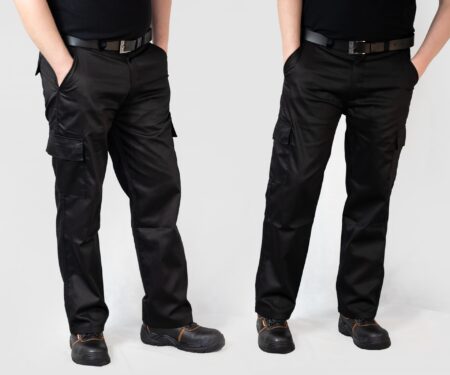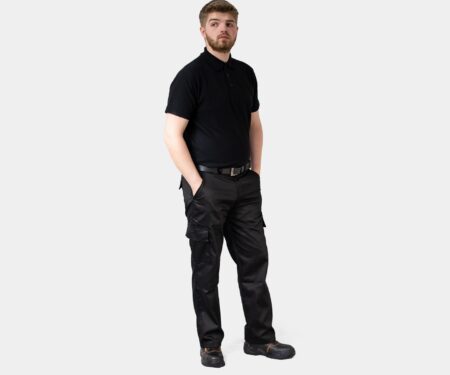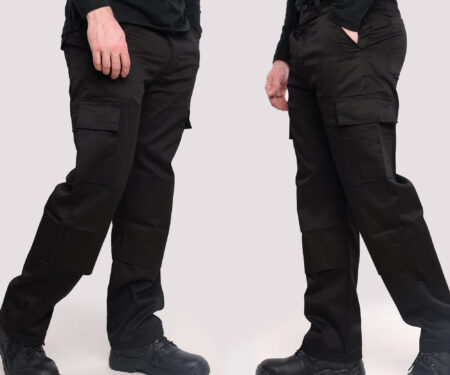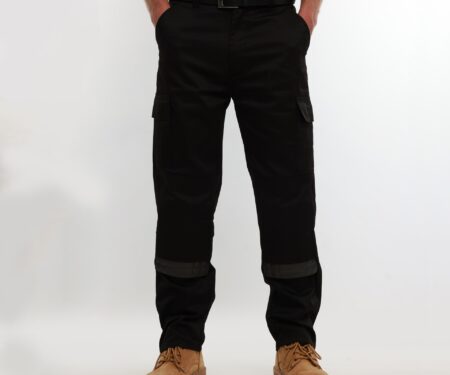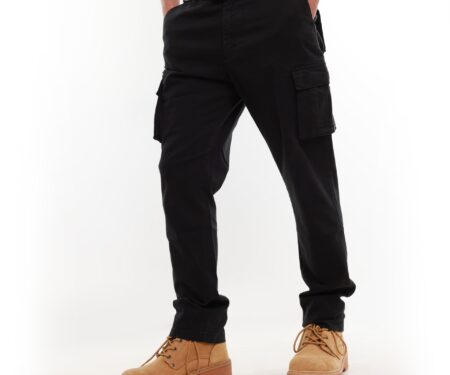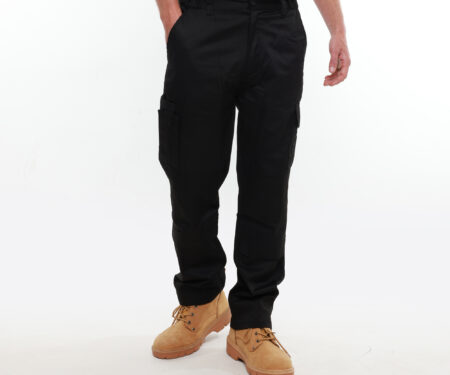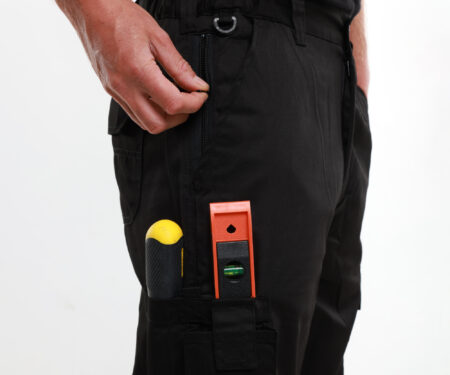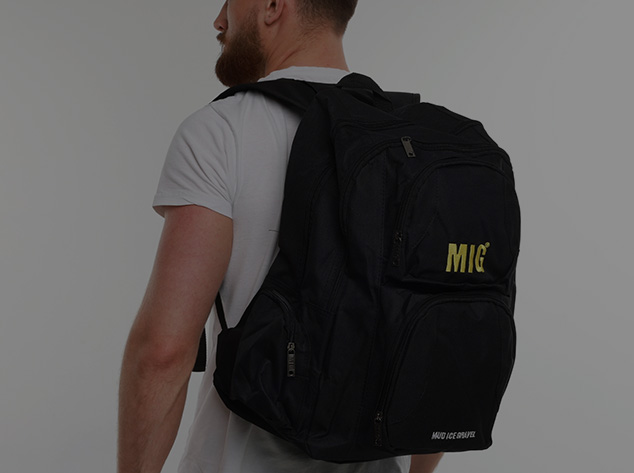USING A PLUNGER
The most common way to unclog a toilet is by using a plunger. This is of course, the tried-and-true way for unclogging toilets, it’s still the most effective way provided you have a plunger handy.
If you do not already own a plunger, it is essential to understand which type to purchase before buying the product. When it comes to toilet clogs, a flange plunger—also known as a toilet plunger is the way to go. This is the type with the usually red rubber pad or flange on the end, which is designed to form a tight seal with the toilet drain. To clear clogs, gently press the plunger down, repeating the procedure a few times while maintaining the tight seal to maximise the use of the plunger.
While this tool may appear simple, it is nevertheless the most effective technique to unclog a toilet. We recommend that every home have this tool, ideally one with a flange, because they are the most effective at unclogging toilets. If you haven’t been able to clear the clog after multiple attempts, you may need to contact a professional plumber.
USING A TOILET SNAKE/AUGER
A toilet snake or auger can be purchased for roughly £20. You only need to buy it once, and you won’t have to use any chemicals.
You can thread the gadget and then wind it around until the blockage is removed. While it can be a little dirty, it’s preferable to using your hands. When the clog is deeper than the bowl, this can be a very useful procedure. The blockages will either be broken into tiny pieces or pulled out using the toilet snake/auger.
It’s, without a doubt, the most effective instrument for unclogging a toilet. When a professional plumber needs to unclog a toilet, he or she will utilise an auger or toilet snake because it is very simple to use yet effective. The greatest part about a toilet snake/auger is that it gets right to the source of the clog and acts immediately on it. When locating obstructions an auger head or snake, unlike a plunger, dives deep into the trap of the toilet ensuring any clog is removed.
USING A CHEMICAL SOLUTION
Another method used for unclogging a toilet is by using a chemical solution. It is extremely important to read the instructions that came with your chemical drain cleaner solution before using it. Only use the dosage specified on the packaging. Also it is advised to open a window, door or use a fan to ventilate the space if required. While using the drain cleaner solution it is important to protect your skin from any chemical burns. We advise wearing rubber gloves and a face mask, which can be purchased at https://www.siteking.co.uk/critical-supplies – It is now time to fill the toilet bowl with the suggested amount of chemical drain cleaner and leave it to sit. The total time will differ from one manufacturer to the next.
The time required will be specified on your chemical drain cleaner’s instructions which can be found on the side of the bottle/container. After the designated amount of time has passed you can simply flush the toilet. If the block persists it may be necessary to plunge until the obstruction is dissolved or breaks free. If the clog does not dissolve after a few flushes/plunges, follow the drain cleaner’s chemical instructions and repeat the procedure until the toilet is unclogged.
USING A HOME-MADE TOOL
If you don’t have a plunger or a toilet auger handy, a wire hanger can help you unclog your toilet. It is expected to function similarly to a toilet auger, by focusing on the blockage in the trap of the toilet.
Straighten out a wire hanger, while twisting and spinning it, carefully feed it into the toilet drain opening. It is important to wear your rubber safety gloves since you will probably need to put your hand down the toilet bowl. The wire hanger will unclog the toilet by cutting the blockage into tiny pieces. When using the wire hanger, be cautious to avoid damaging the walls of the toilet.
HOT WATER & SOAP
While it may appear simple, removing toilet blockages with hot water and a small amount of washing up soap may be incredibly efficient.
While you’re waiting for the water to boil, pour a small amount of washing up soap into your toilet bowl. After that, gently pour the boiled hot water into your toilet, making sure it doesn’t overflow. After that, simply wait a few moments roughly 10-15 minutes for the blockage to soften before flushing your toilet.
To determine whether the blockage has been removed, it is now time to flush your toilet. It’s possible that you’ll have to repeat the process until the blockage is gone. When your toilet produces a quick suction sound and empties normally, the blockage will be gone. This should hopefully unclog your toilet.
CALLING A PLUMBER
If you’ve tried everything with a plunger and still can’t get rid of the clog, it may be time to call a professional to take a look at it.
Toilet drains are not in a straight line. To prevent sewage fumes from entering your home, a P trap is installed.
You should contact a plumber if a non degradable item has been flushed down the toilet, or if there is material, a metal object, or anything else that can’t be removed with pressure or hot water. To clear the clog, the toilet may need to be removed, which is a challenging process for most individuals who aren’t educated in how to do so. Assuming you’ve tried chemical solutions to clear the blockage and they are yet to work, this is also a sign to call a plumber as the blockage could be further down than you think.
If your toilet or pipes are exposed to toxic chemicals on a regular basis, this could lead to them getting damaged. You won’t notice until it’s too late if the chemicals have eroded a hole in your pipes.
HOW TO PREVENT THE TOILET FROM CLOGGING
The majority of toilet blockages are preventable. As previously stated, toilet blockages occur when anything that is not supposed to be flushed gets flushed. However, it is important to note that blockages can’t always be helped when using the toilet however the following precautions can be taken.
Below are some different methods for preventing toilet clogs.
- Do not flush sanitary items into the toilet.
- Contraceptives and other forms of birth control should not be flushed.
- To avoid strange things from falling into the toilet, keep the lid closed.
- Wet wipes that aren’t biodegradable should never be put into the toilet.

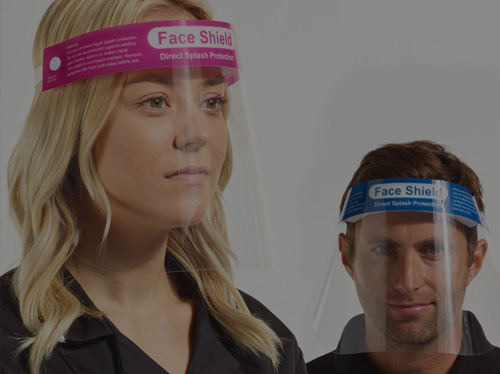


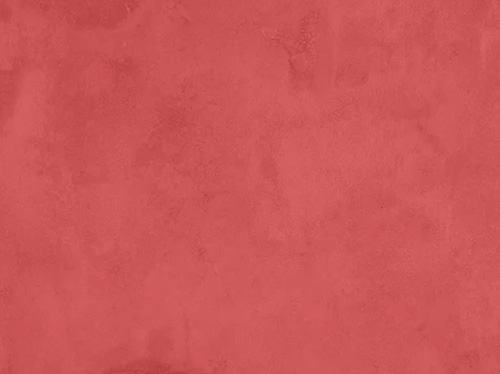

![clearpay1]](https://www.siteking.co.uk/wp-content/uploads/2023/03/clearpay1.jpg)
